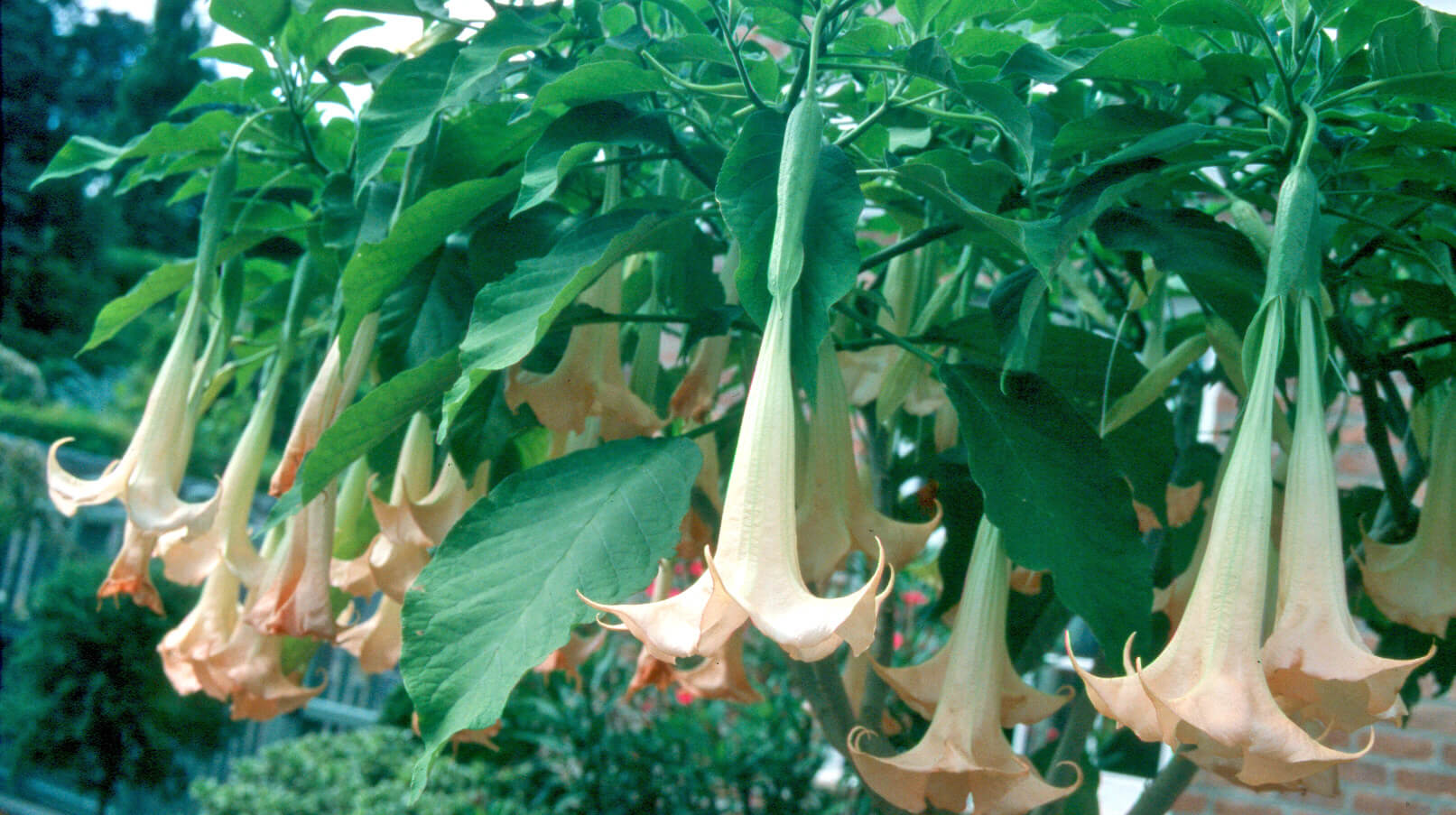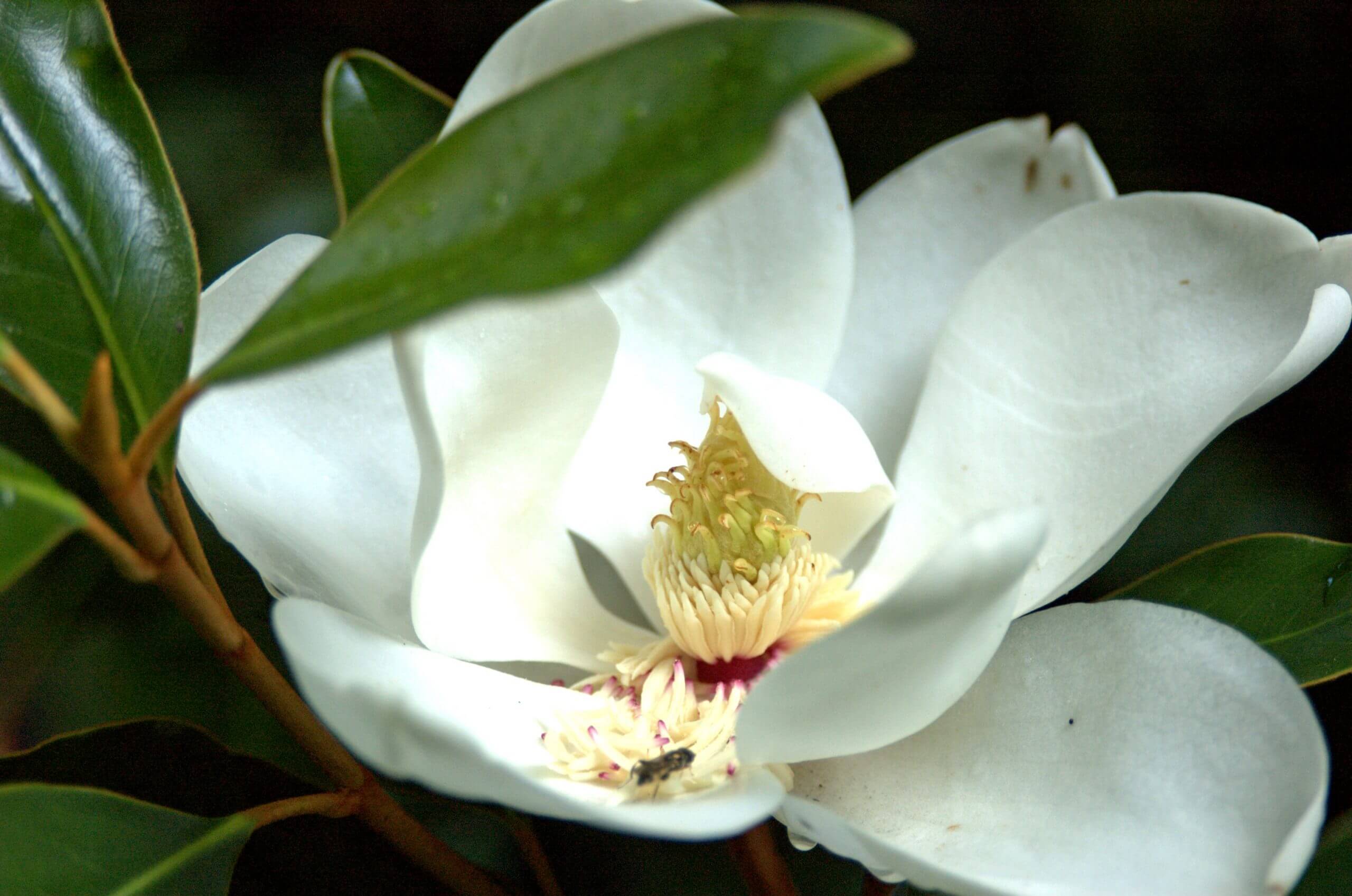
Is there a stronger magnet that draws one into a landscape than huge, super big flowers? I’m talking about blossoms the size of a small child’s head, a Sunday dinner plate, or a brass trumpet. Why would nature produce such enormous blooms when they rob energy from the plant? As pleasing as large flowers are to us, the plant’s primary purpose is to attract the right pollinator.
Audacious early tulip blossoms put on a gaudy show when air temperatures are still chilly and few bees are daring enough to venture outside the hive. Their strong scent and hefty blooms display an impressive welcome mat.
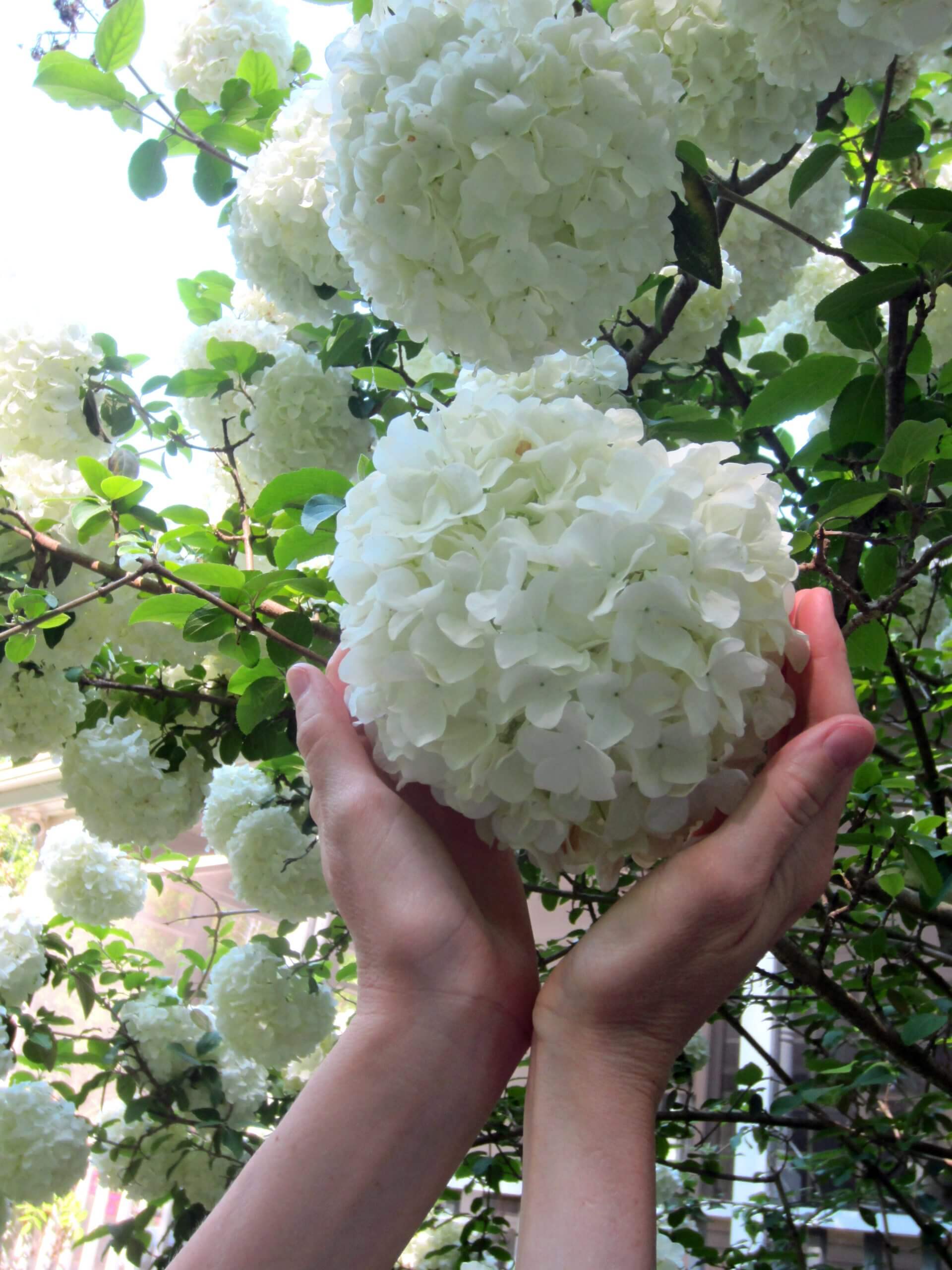
Social bees don’t mind sharing substantial blossoms with other insects if there is ample nectar and pollen to go around. Clusters of individual flowers comprising one enormous flower head work well. Weighty crepe myrtle or lilac panicles are perfectly designed for this kind of communal commotion. The large heads of summer sunflowers also have all the bells and whistles for bees.
Clumsy beetles and delicate butterflies need a landing pad in order to work their magic, so sizeable, flattish, dish-shaped blooms or clusters of blooms accommodate them. Southern magnolia flowers become an orgy of activity in summertime as beetles dutifully work the center while drunken bumblebees advantageously wallow in pollen spilled on open petals shaped like a cupped hand.
Bright, trumpet-shaped blossoms entice, narrow-beaked or long-tongued pollinators like hawk moths and hummingbirds. The generous depth of grander blooms assures extra time and attention will be paid to them by their hovering visitors.
Extraordinarily bold flowers can grace trees, shrubs, herbaceous perennials, and annuals throughout the year in the Southeast. Here is a sampling of some to enjoy in your own garden:
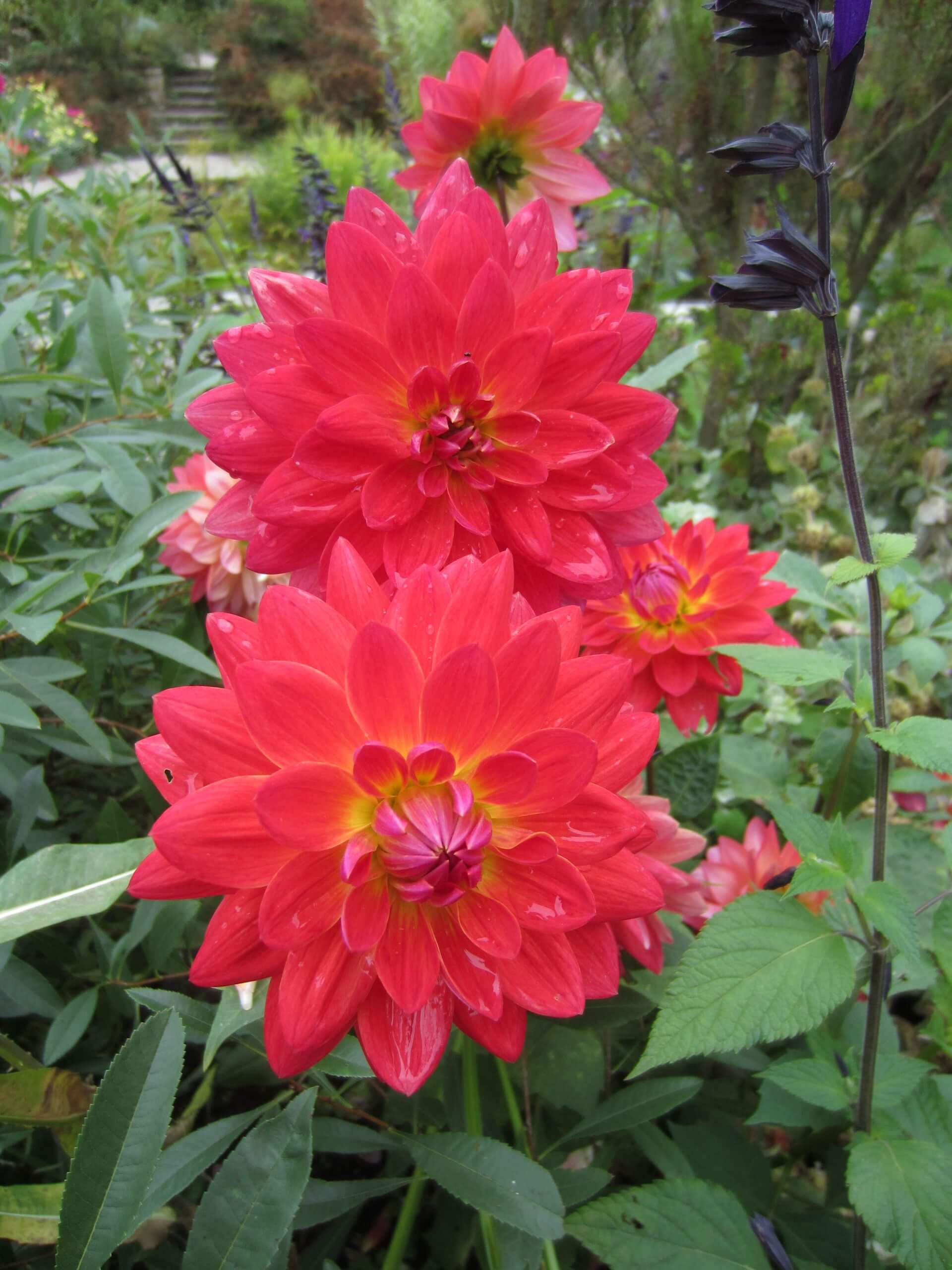
Springtime’s most dramatic blooms come from Viburnum macrocephalum with its masses of 1 ¼”-inch florets packed into a 6-8” sphere, which are first Granny Smith apple green, slowly turn blindingly white, and remain breathtaking for weeks. An added bonus is that it may rebloom in the fall.
Summertime wouldn’t be the same without Hydrangea macrophylla, or what the English fondly call hortensias. The familiar white, pink or blue mophead types are comprised of multitudes of sterile individual 2” flowers creating impressive volleyball-sized blooms.
If you don’t have enough shade or moisture for H. macrophylla, give our native smooth hydrangea (H. arborescens) a try. The classic cultivar ‘Annabelle’ white, rounded, sterile blooms are showy later and it will tolerate dryer, sunnier conditions.
The rounded flowers of peonies take my breath away. Whether herbaceous or tree peonies, their great plump flowers beg to be lifted and admired. The only caveat is that doubles can be so heavy that they nod and flop due to weight but those with single petals don’t.
In the cooler regions of the South, gardeners enjoy dahlias. The largest blooms of dahlias are platter-sized and come in otherworldly colors that can dominate a summer-into-fall garden. There are literally thousands to choose from in many forms, colors and sizes.

Another old-fashioned pass-along plant with inspiringly huge flowers is the Crinum lily. Emerging from bulbs nesting under their strappy leaves, their blooms stand 3-4 feet tall and are grouped in clusters that create a beach ball-sized mass.
Hibiscus immediately comes to mind when plate-shaped flowers are mentioned. Their open presentation is beloved in tropical gardens as well as mixed borders. Consider adding a few Zone-8-hardy, Chinese Hibiscus rosa-sinensis with outstanding single and double 5-8” flowers, ranging in color from pale to dark shades of red, to white, and even yellow. The native rose mallow (Hibiscus moscheutos) is a big-flowered summer beauty, which grows best in moist soils.
Sunflower (Helianthus annuus) heads can become enormous. Quickly maturing from annual seed planted in spring, these beloved flower heads form edible seeds from the true disk florets arranged in spirals in the center. Oh, and don’t believe the farmer’s tale that sunflowers follow the course of the sun; they usually face east.

Magnolia blooms resemble a flared bowl more than an upright plate. Not limited to our quintessential evergreen Magnolia grandiflora, which can have 12” flowers, other native magnolias, such as M. macrophylla, have blooms reaching 10” across, and the flowers of M. ashei can also be a foot wide.
Two of the most familiar and impressive trumpet-shaped flowers in southern landscapes are of garden variety Jimson weed (Datura spp.) and angel trumpets (Brugmansia spp.). They are easy to tell apart as datura flowers face upward and brugmansia’s are pendulous. Their very long 6-12” blooms unfurl like swirling skirts and are sweetly fragrant.
A must-have plant in this bold bloom list is the formosa lily (Lilium formosanum). Plants grow to 7-feet tall and the pure white lily flowers can reach up to 10” long. Be sure to allow the dried stalks of this lily to remain through the winter for their impressive seed pods.
One of the few complaints gardeners have about generous-sized blooms is that their weight can make plants droop. The addition of inconspicuous cages around a large-flowered peony or dahlia can help, as can a stake supporting a giant-headed sunflower, but drooping can be from other causes, too.
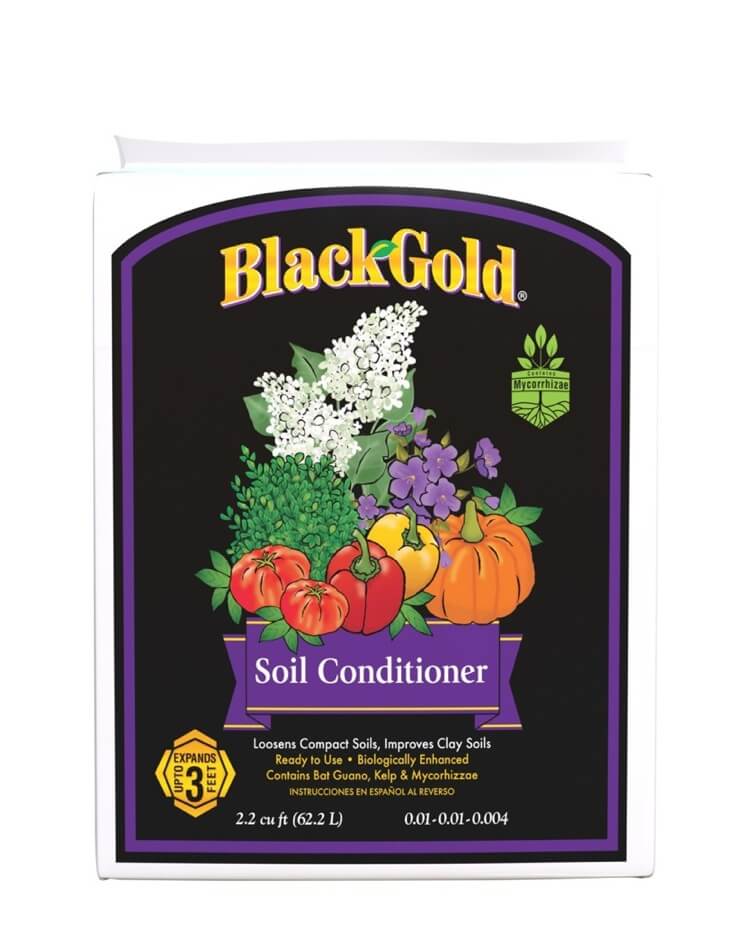
Unintended drooping can be from lack of sufficient water, heat in the middle of the day, or a nutritional deficiency. These potential issues can be addressed by watering and feeding properly and incorporating well-balanced compost at planting time. Not only will it build soil health and structure, but it adds needed nutrition for top performance. Black Gold® Garden Compost Blend, which offers a mixture of peat moss and aged compost to improve soil moisture retention, aeration, and drainage, is a great choice.
There are countless bold flowers that could be included in this list, so please feel free to share which large, luscious blossoms you love and enjoy.
